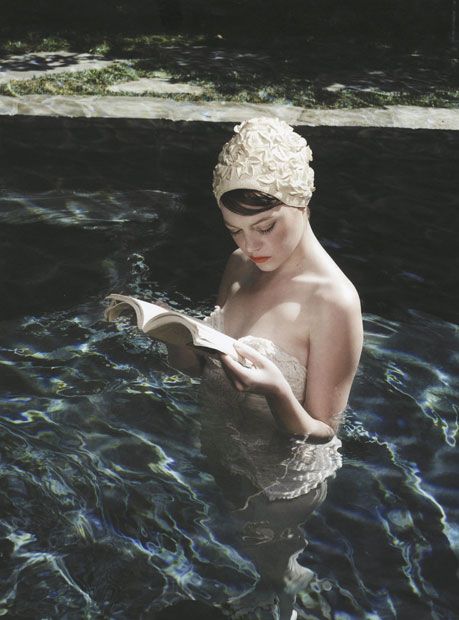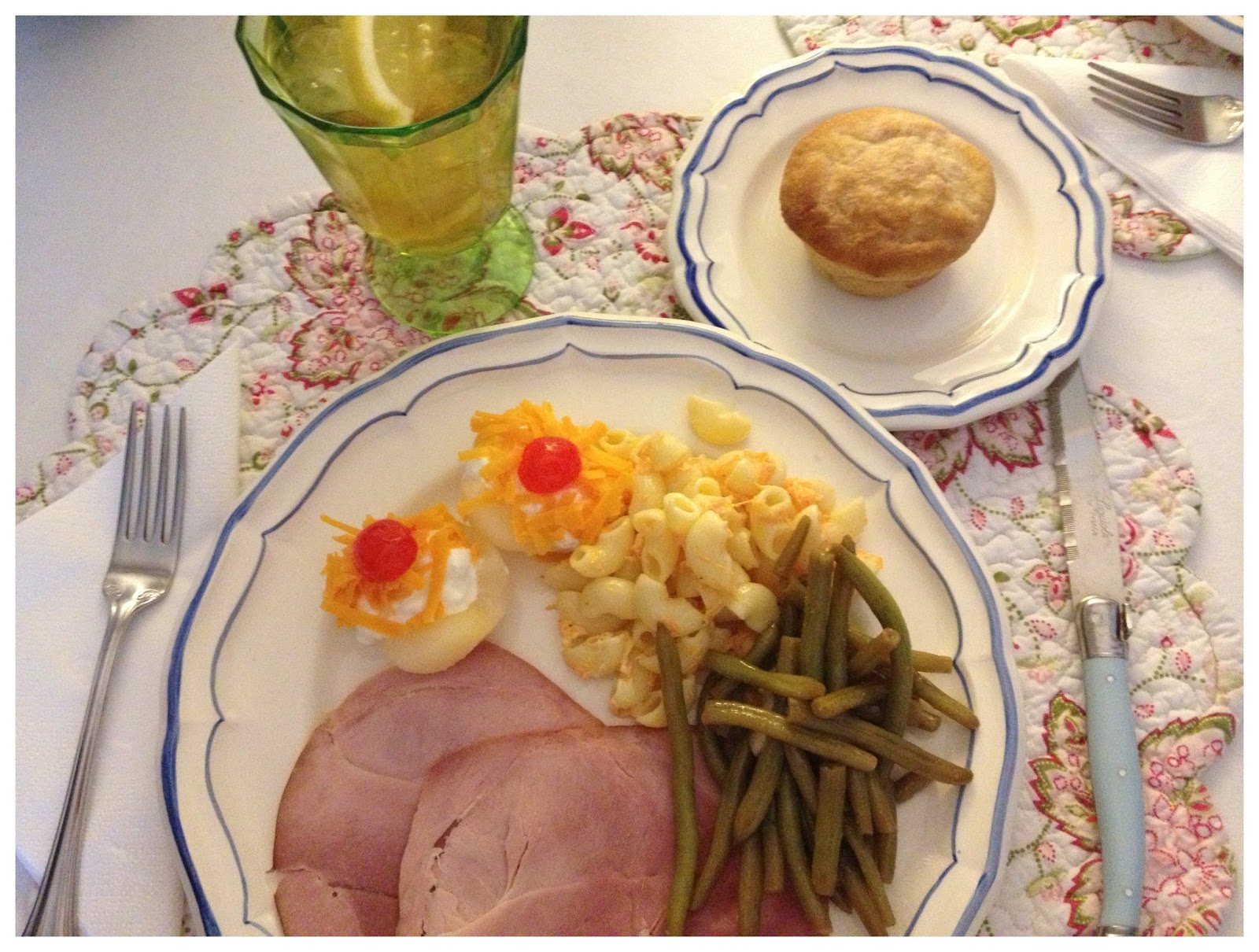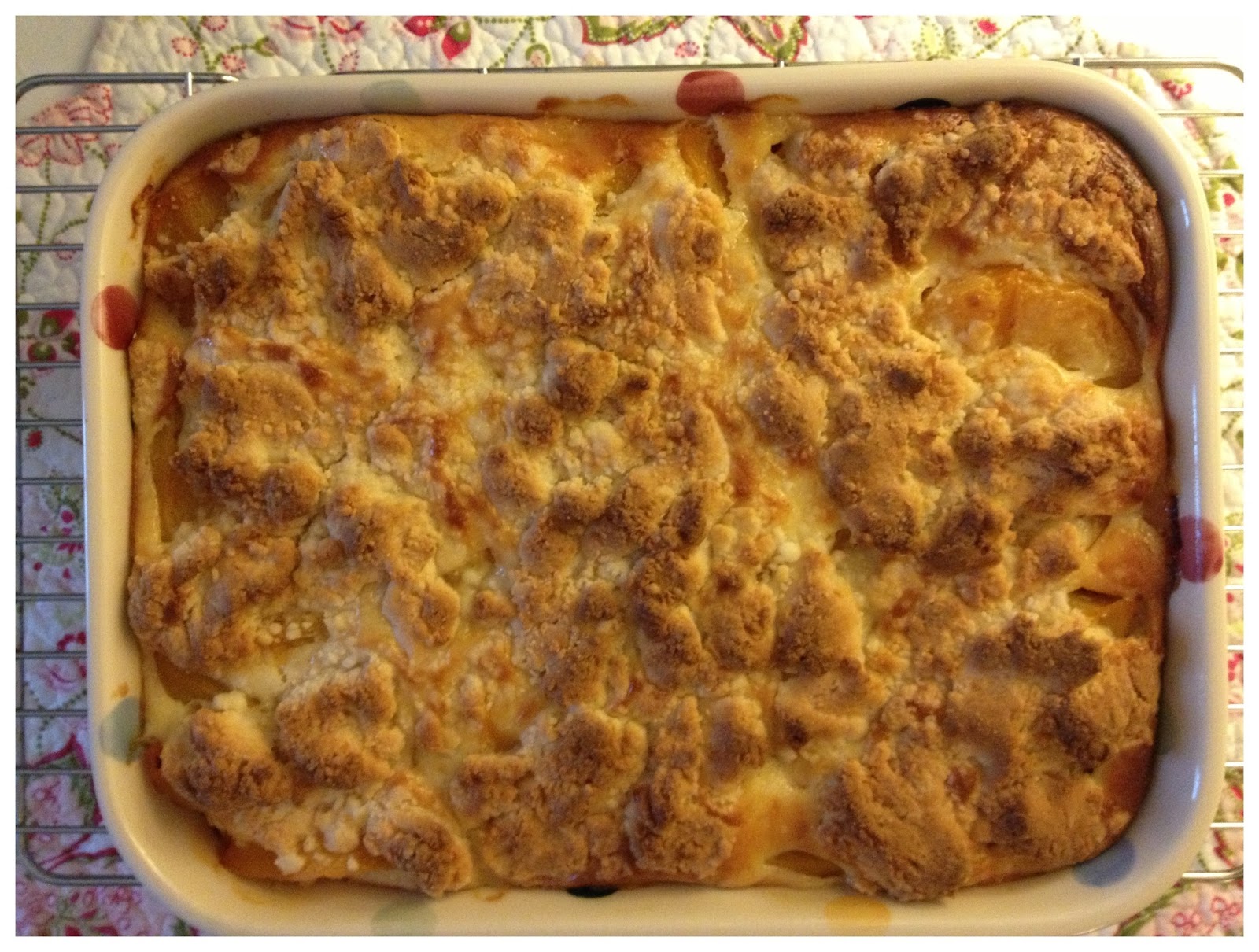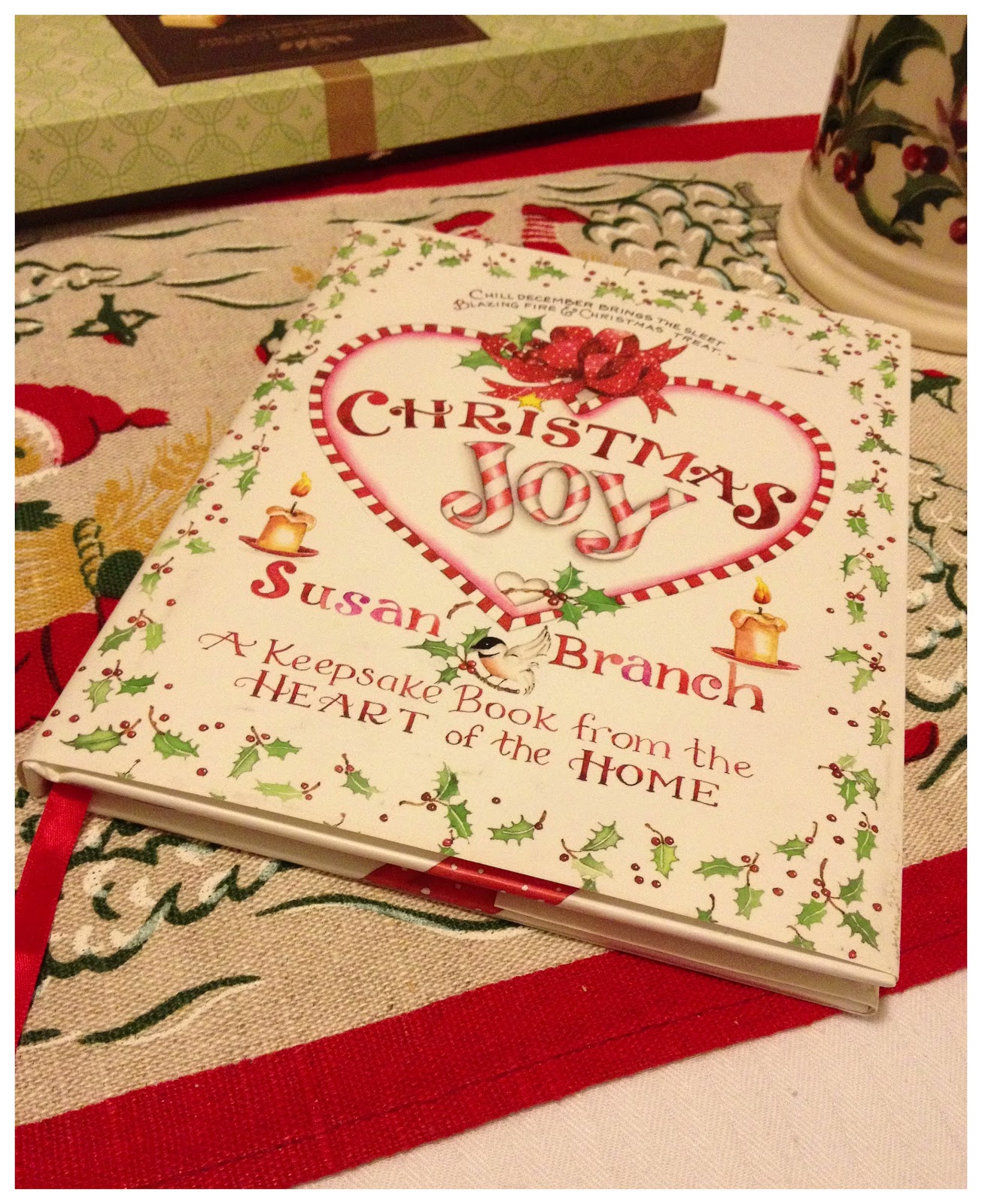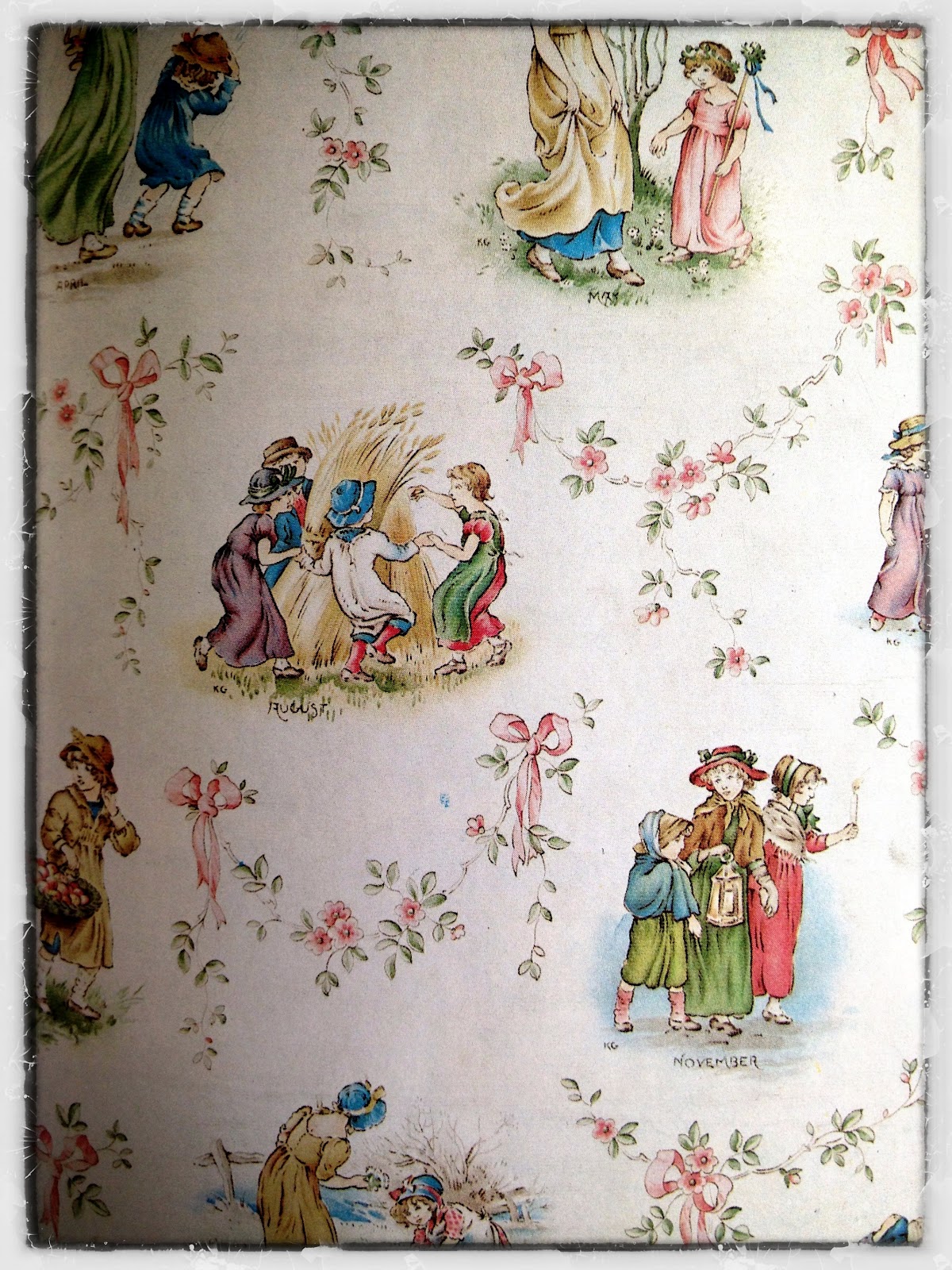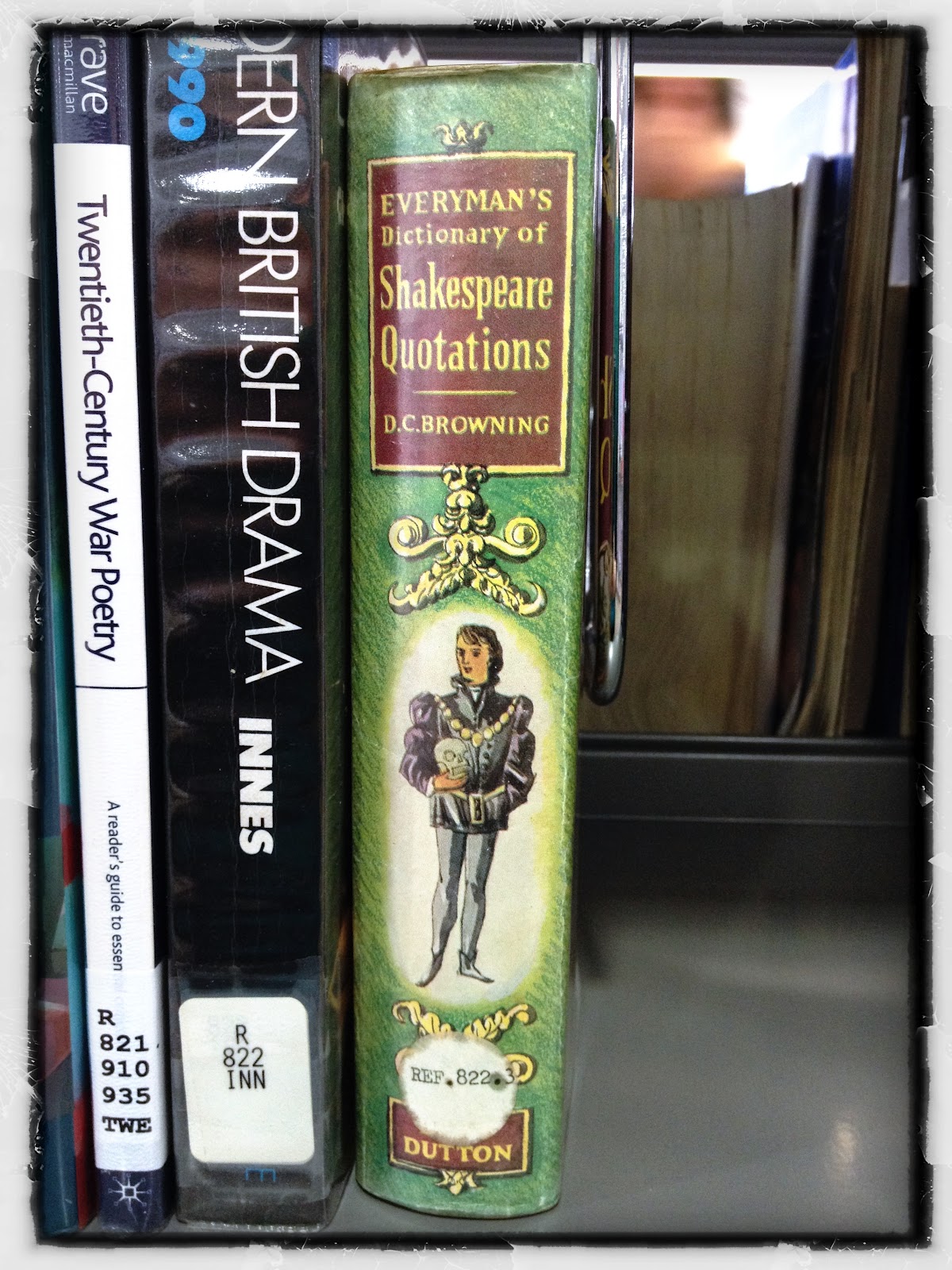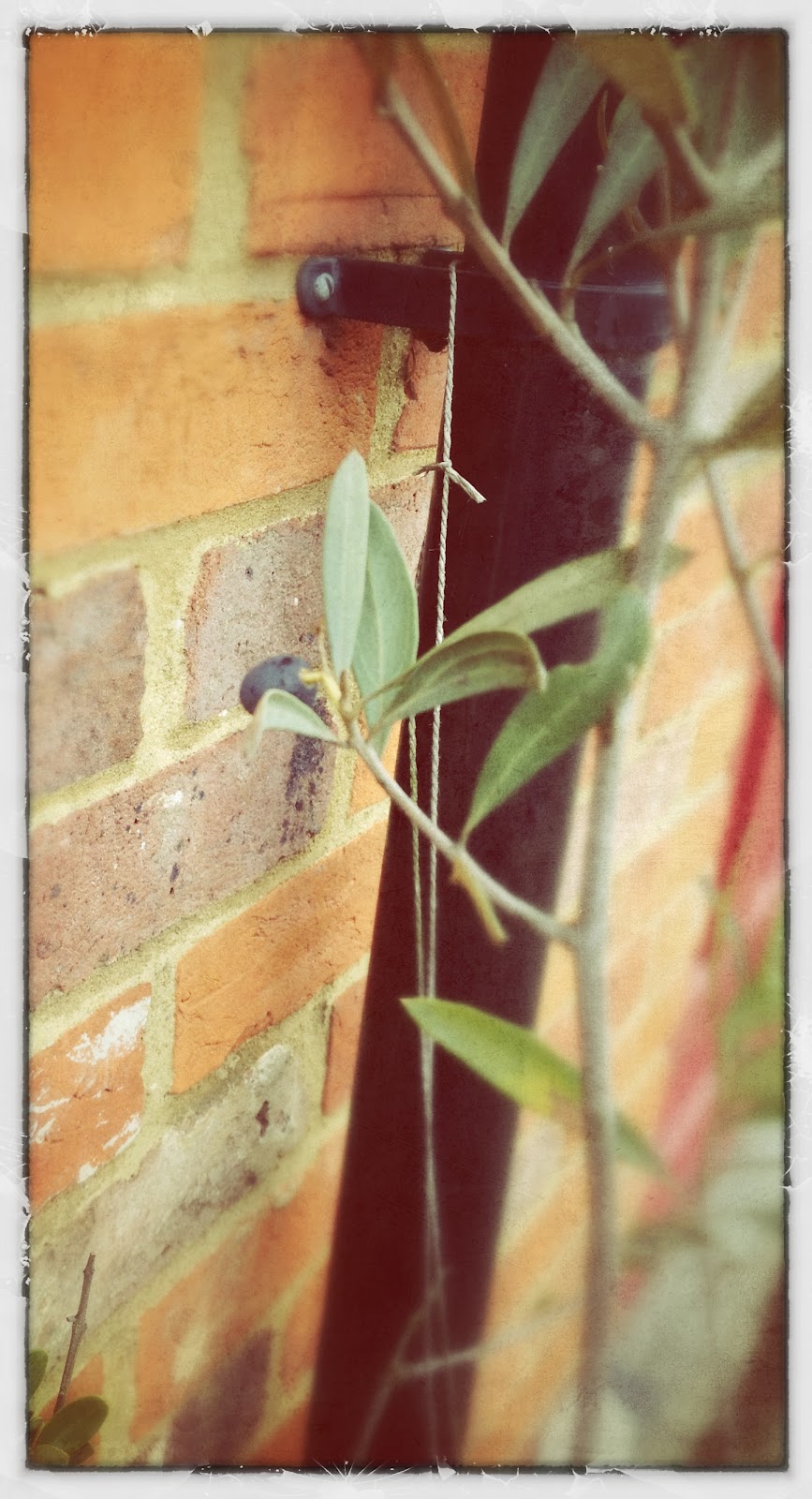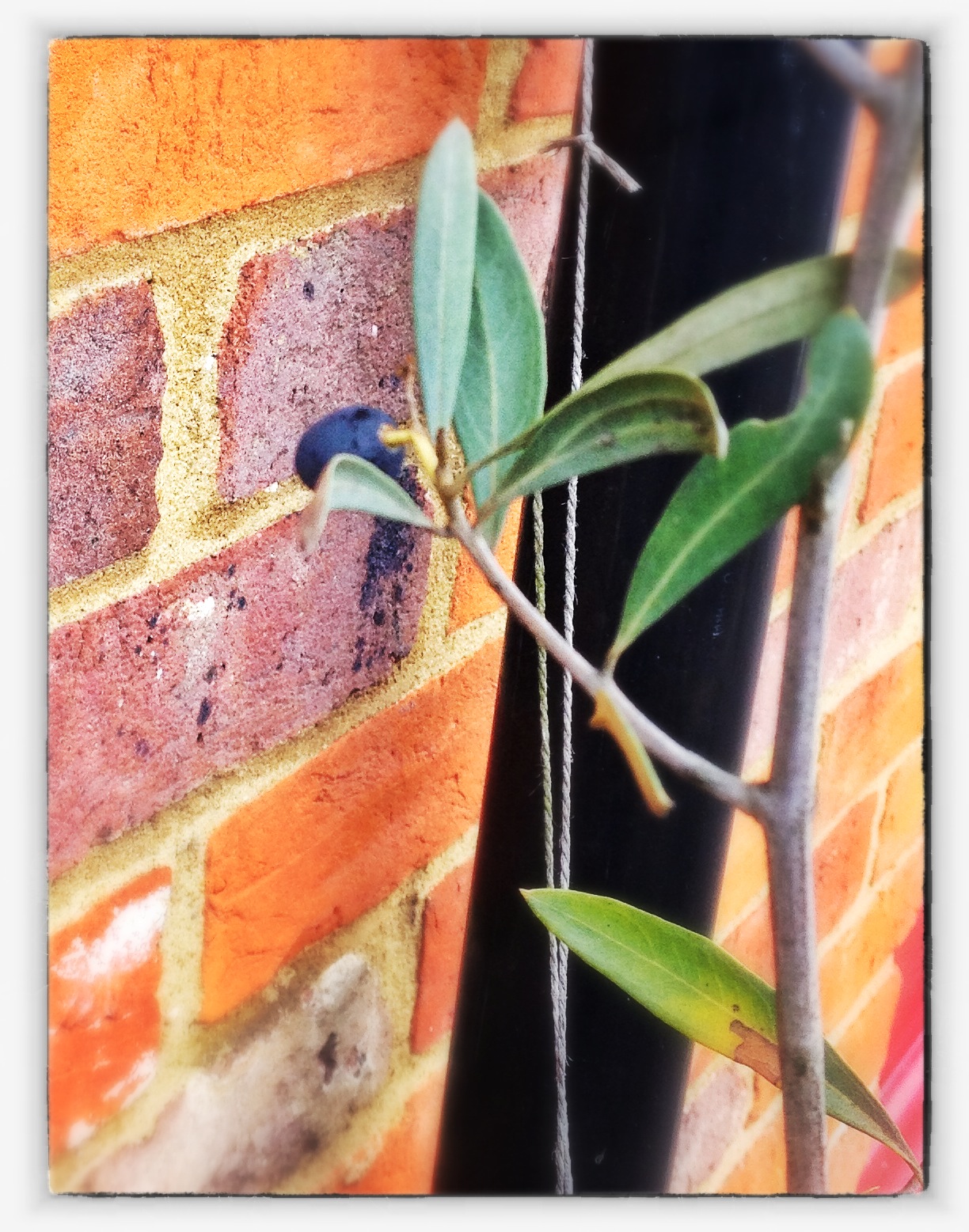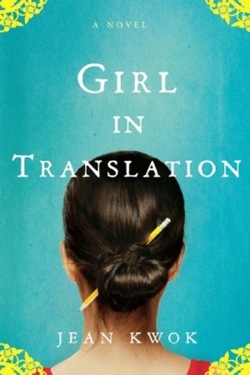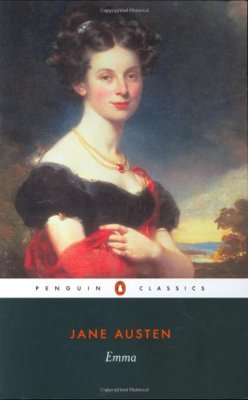
I finished reading The Miniaturist, Friday night on the train home. I’m still mulling it over and felt it might help to right my thoughts down…
The Art Historian in me loves that a web was spun around a real miniature house that lives in the Rijksmuseum in Amsterdam. It belonged to the story’s heroine, Petronella Oortman, who did indeed marry Johannes Brandt. From this one thread of reality the tale spins it’s own cloth.
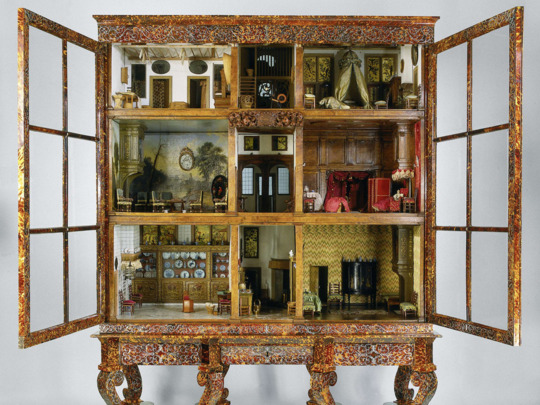
There were sections of it, that were so richly written:
The Old Church, Amsterdam: Tuesday, 14th January 1687
The funeral is supposed to be a quiet affair, for the deceased had no friends. But words are water in Amsterdam, they flood your ears and set the rot, and the church’s east corner is crowded. She watches the scene unfold from the safety of the choir stall, as guildsmen and their wives approach the gaping grave like ants toward the honey. Soon, they are joined by VOC clerks and ship’s captains, regentesses, pastry-makers – and him, still wearing that broad-brimmed hat. She tries to pity him. Pity, unlike hate, can be boxed and put away.
The church’s painted roof – the one thing the reformers didn’t pull down – rises above them like the tipped-up hull of a magnificent ship. It is a mirror to the city’s soul; inked on its ancient beams, Christ in judgement holds his sword and lily, a golden cargo breaks the waves, the Virgin rests on a crescent moon. Flipping up the old misericord beside her, her fingers flutter on the proverb of exposed wood. It is a relief of a man shitting a bag of coins, a leer of pain chipped across his face. What’s changed? she thinks.
I can’t deny that I wasn’t drawn into this world. Each sentence was rich and linguistically opulent.
But, I wanted more. The story fell short and I was left feeling as though I had missed something!? Does anyone else feel that way? Everyone else I have spoken to, who has read it, seems to have loved it. Is this an Emperor’s new clothes situation?
When I was done, I thought about it, I re-read the first chapter, I re-read the last chapter. I pieced those together and realised who the deceased was and who the three other women in attendance were. Now, I’ll admit, I’m a happy ending kinda gal. But, I can deal with with an ending where I draw my own conclusions. But, with this, I felt I had no definite threads from which a conclusion could be inferred.
It was almost as if I was reading two different stories. Nella’s newly unfolding life in Amsterdam, as an 18 year old bride to Johannes Brandt and Nella’s mysterious and odd interactions with the Miniaturist. The two stories never seemed to collide.
”There is nothing hidden that will not be revealed . . .“, the book states. Yet, I feel all and nothing was revealed.
I find it difficult to write this – to clearly express my views because I am still a bit dumbfounded – a bit bewildered. I feel like the maid, grasping for clues that are hidden behind keyholes, shrouded by the mist that has risen off the river…
And there it is. I’ve written these words and am still no better off. If you have an answer; if you can shed light where there is darkness, please let me know.
